Sapphire Gemstones – Natural And Certified
Our sapphire gemstones collection showcases exceptional colour, brilliance, and rarity. From vivid royal blue to soft pink, sunny yellow, and the rare Padparadscha, each stone is hand-selected for quality. Many are natural and untreated, sourced from renowned origins including Sri Lanka, Madagascar, and Myanmar. With a Mohs hardness of 9, sapphires are ideal for engagement rings, fine jewellery, and heirloom pieces. Browse exclusive collection
shape
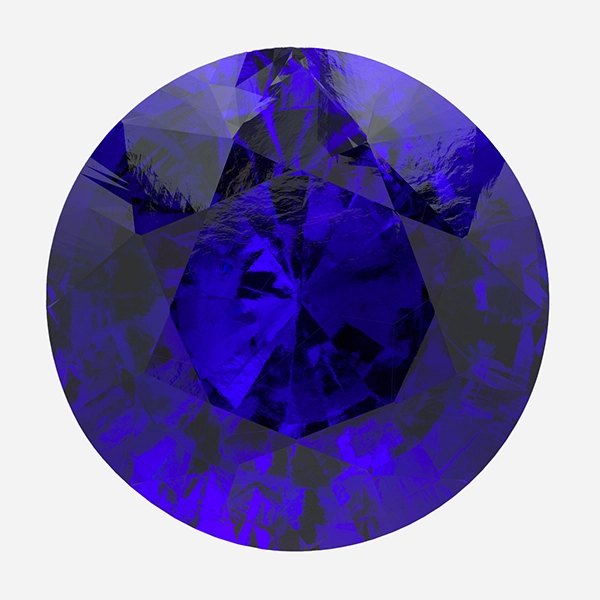
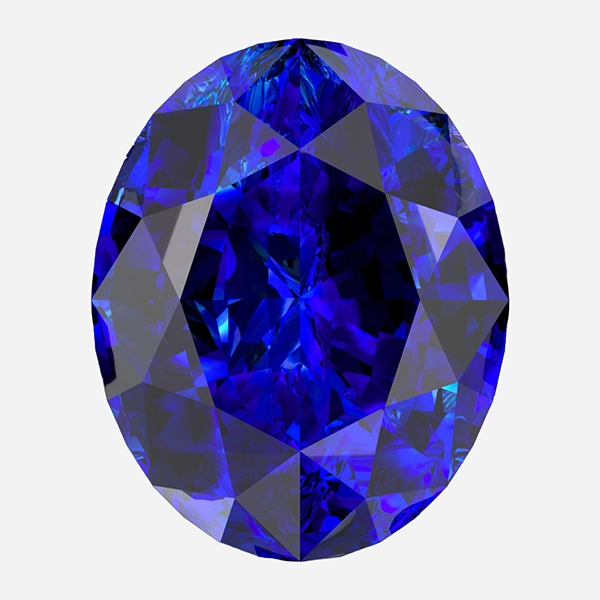
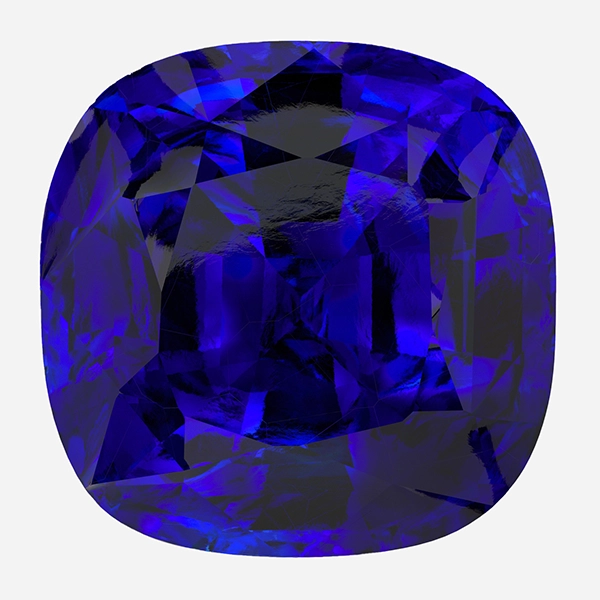
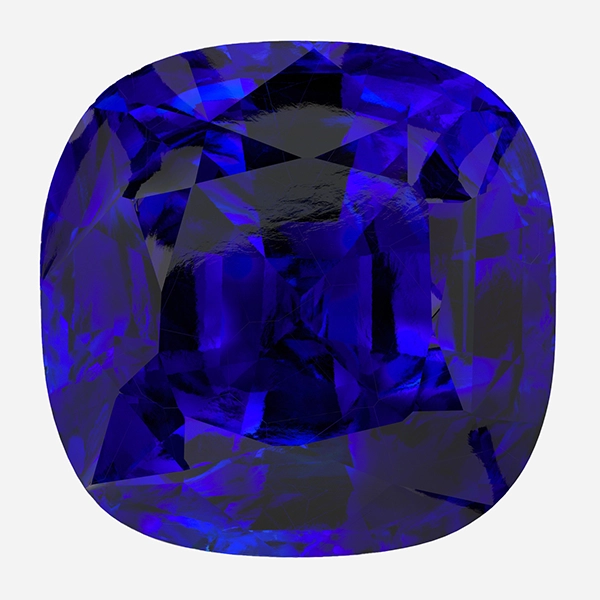
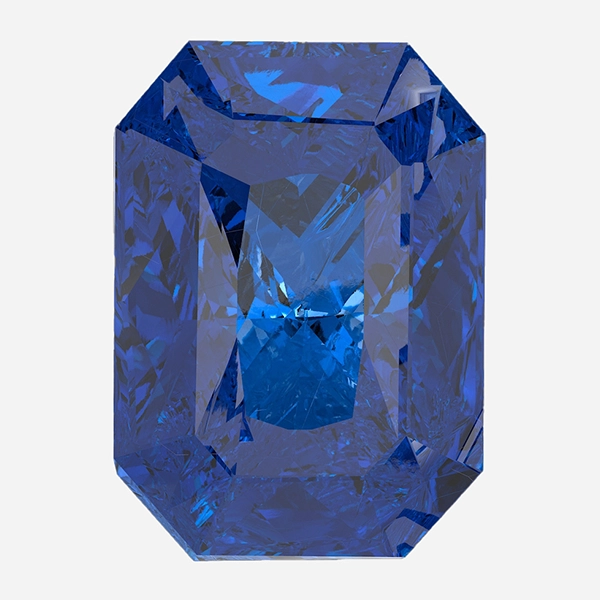
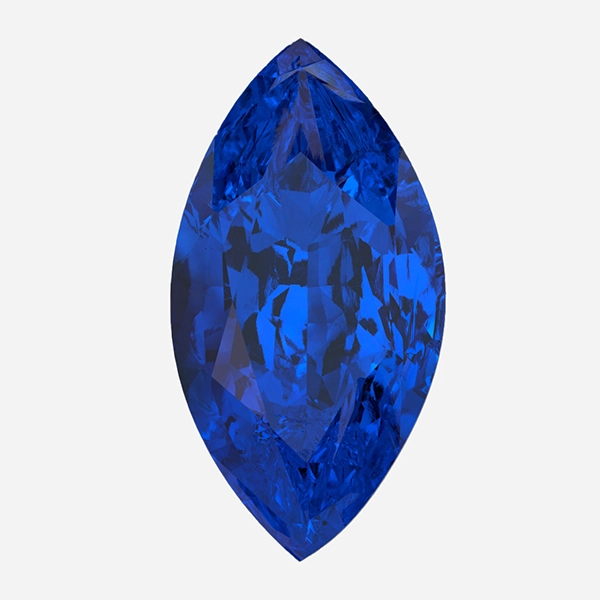
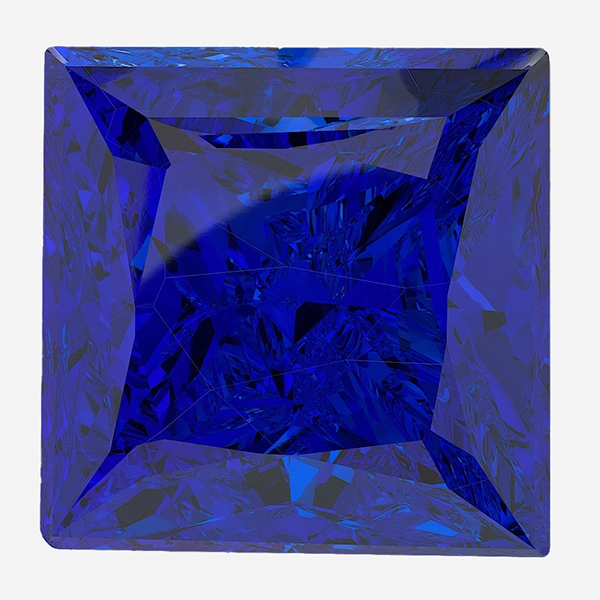
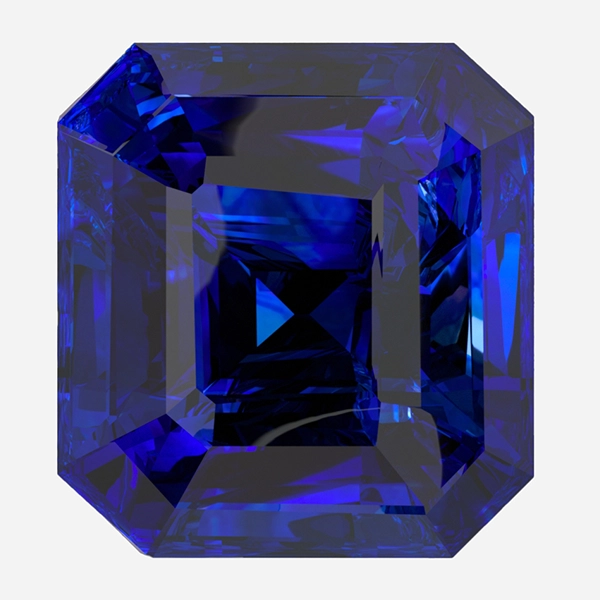
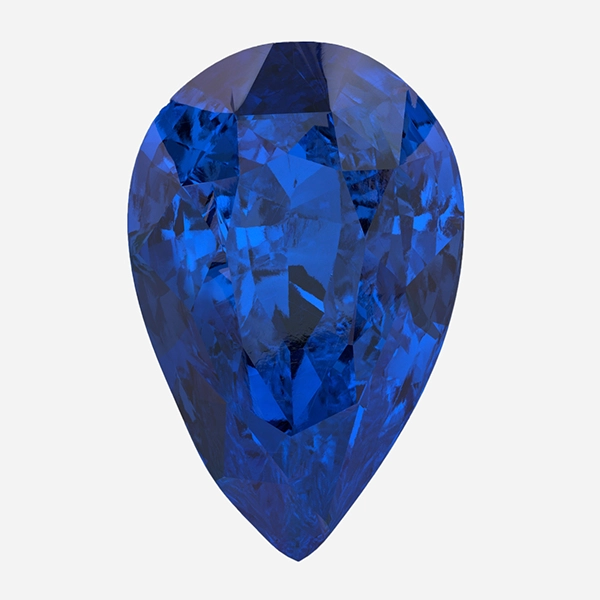
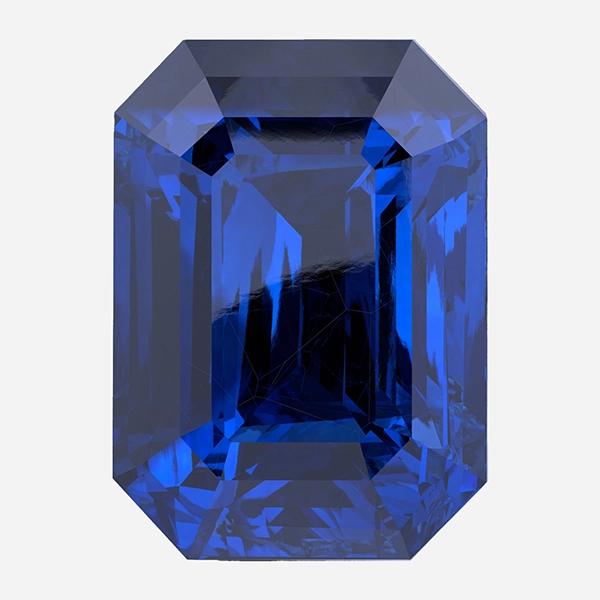
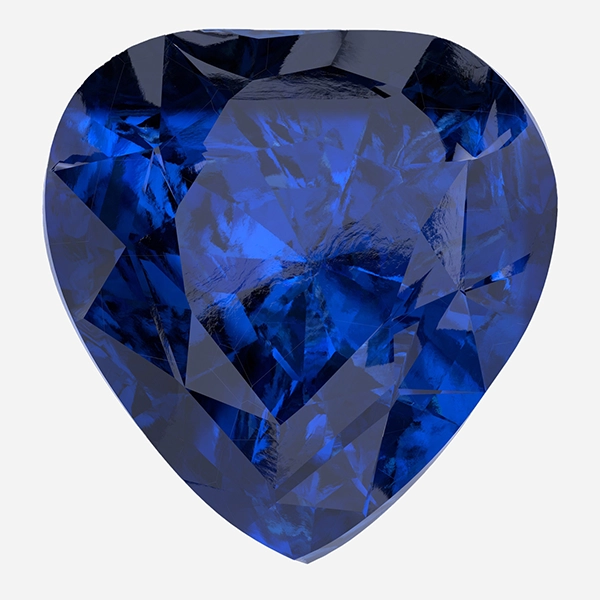
carat
price
viewed(0)
Explore our collection of different Sapphire Gemstones
Visit Flawless for designing fine jewellery
Discover our stunning collection of natural Sapphire Gemstones crafted for elegance and brilliance. Book an appointment to experience their allure in person.
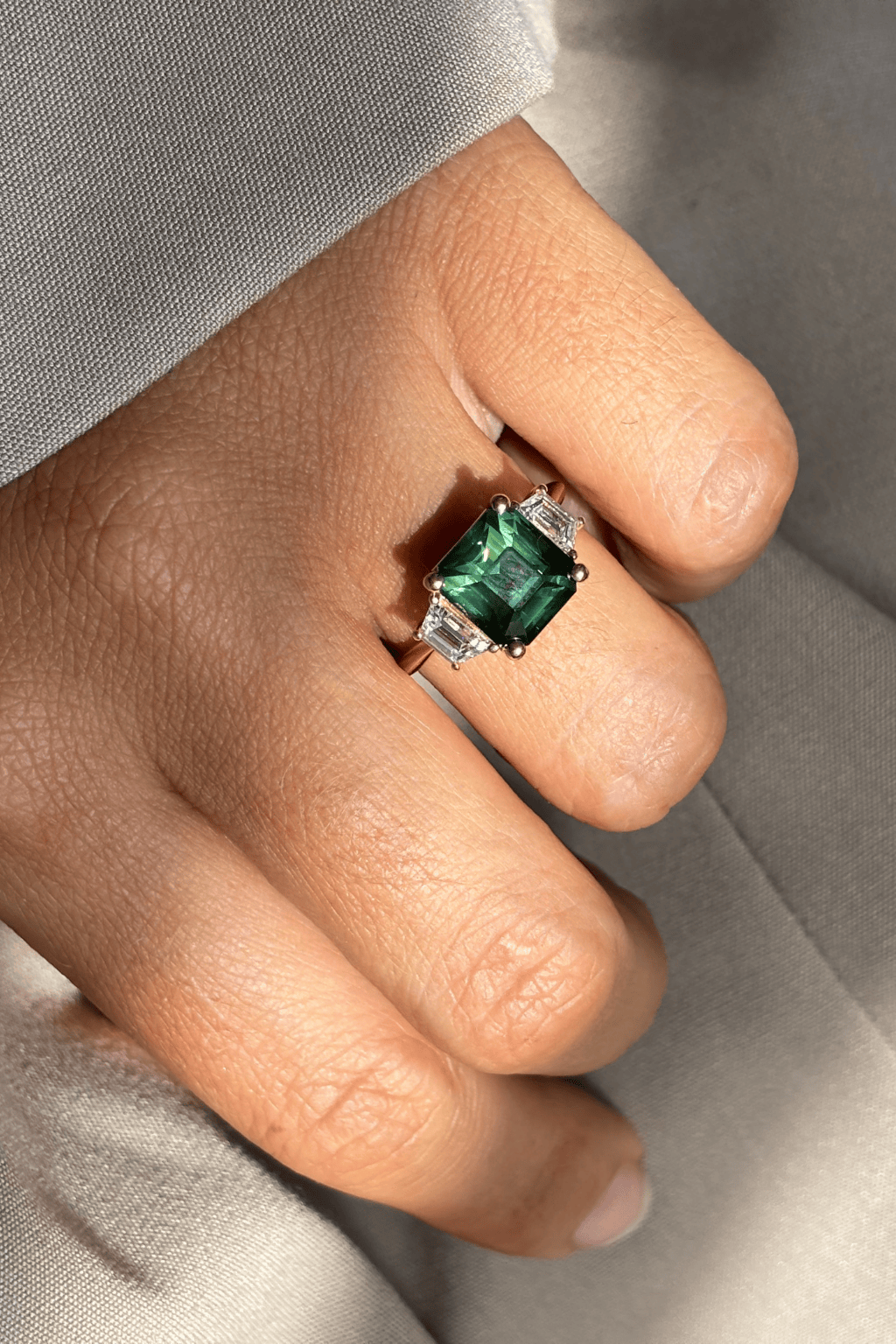
Sapphire Formation and Properties
Sapphires are formed deep within the Earth’s crust under intense heat and pressure, crystallizing from the mineral corundum (aluminium oxide). Trace elements like iron, titanium, and chromium give each sapphire its unique hue—from deep royal blue to vivid pink and yellow. Known for their exceptional hardness of 9 on the Mohs scale, sapphires are second only to diamonds, making them ideal for daily wear. Their high refractive index and brilliant luster enhance their captivating sparkle. These natural properties make sapphires a symbol of enduring strength and timeless beauty in fine jewellery.
Identifying and Grading Sapphires
Sapphires are graded based on their color, clarity, cut, and carat weight, which together define their brilliance and value. The most desirable stones feature vivid color tones, excellent transparency, and precise cutting for maximum sparkle. Expert gemologists use advanced testing to confirm authenticity and treatments, ensuring buyers receive genuine quality. Always look for certified GIA or IGI sapphire reports to guarantee the stone’s natural origin and true worth.
Sapphire Gemstone - FAQs
What makes sapphire gemstones valuable?
What makes sapphire gemstones valuable?
The value of a sapphire depends on its color, clarity, cut, and carat weight. Deep, vivid blue sapphires with excellent transparency and minimal inclusions are considered the most valuable. Origin and natural certification also influence their worth.
Are all sapphires blue?
Are all sapphires blue?
No, sapphires come in a stunning range of colors, including pink, yellow, green, white, and even rare Padparadscha (pink-orange). The blue sapphire is simply the most recognized and sought-after variety.
How can I tell if a sapphire is natural or synthetic?
How can I tell if a sapphire is natural or synthetic?
A natural sapphire forms within the Earth over millions of years, while synthetic ones are lab-created. To confirm authenticity, always request a gem certification from trusted laboratories like GIA or IGI.
